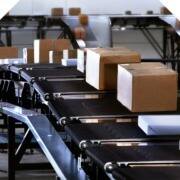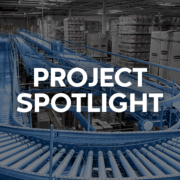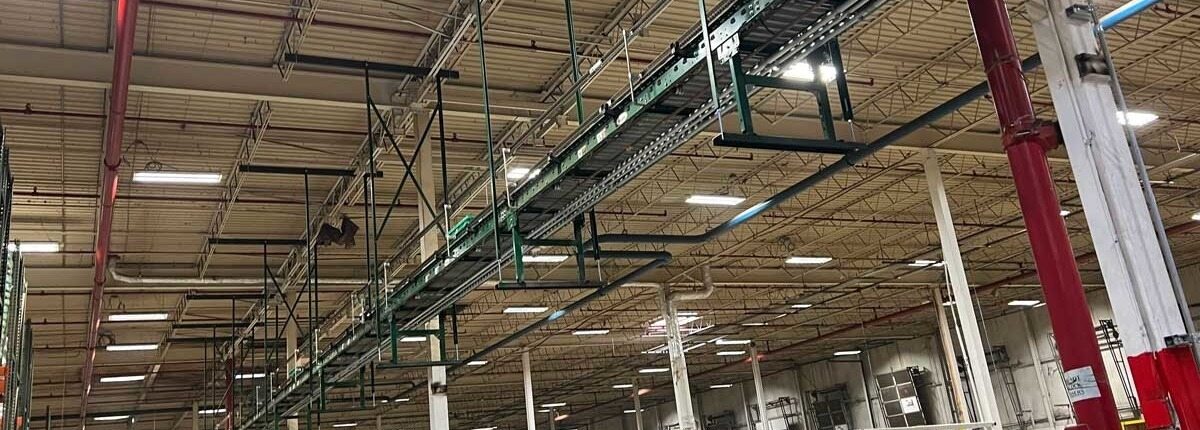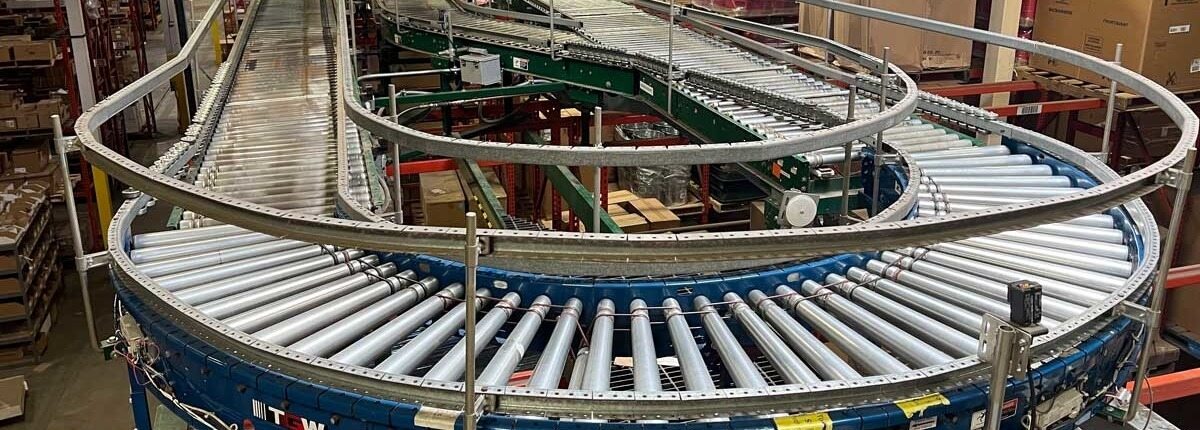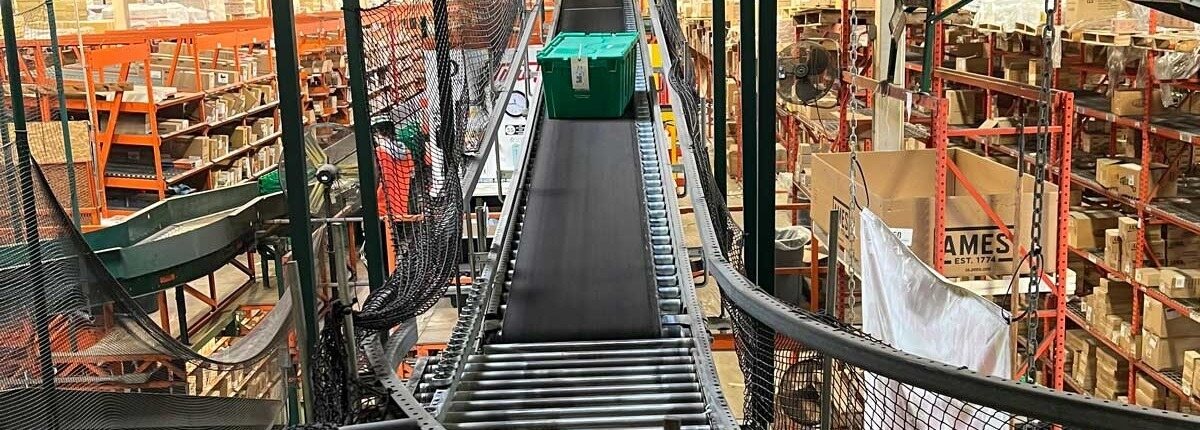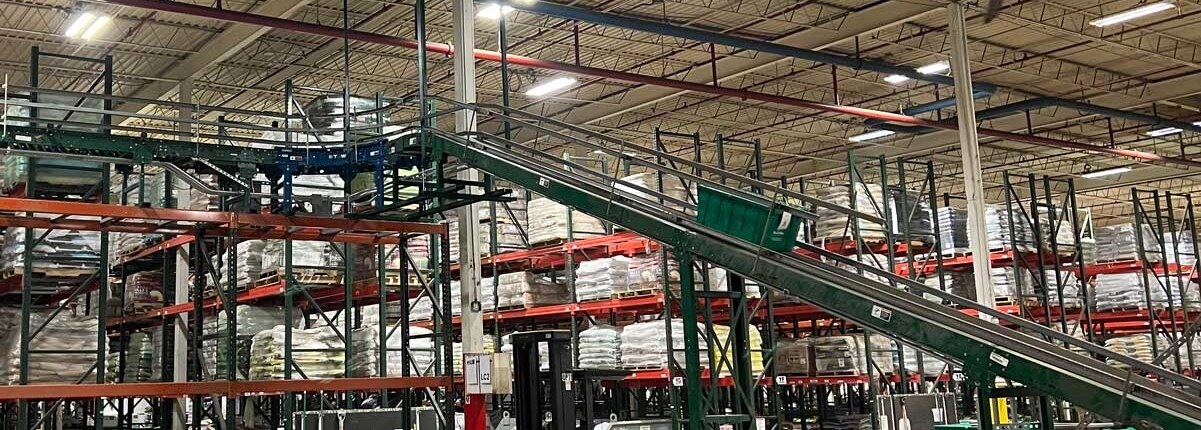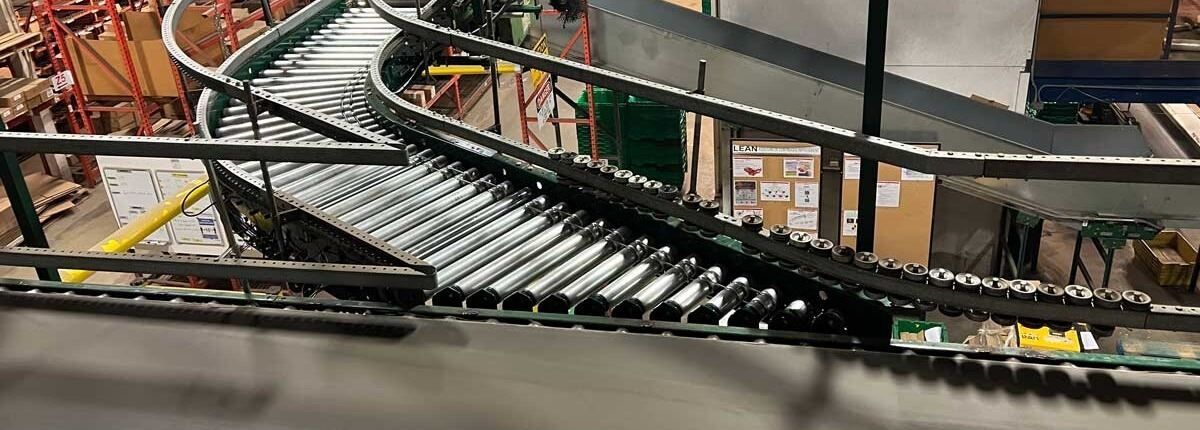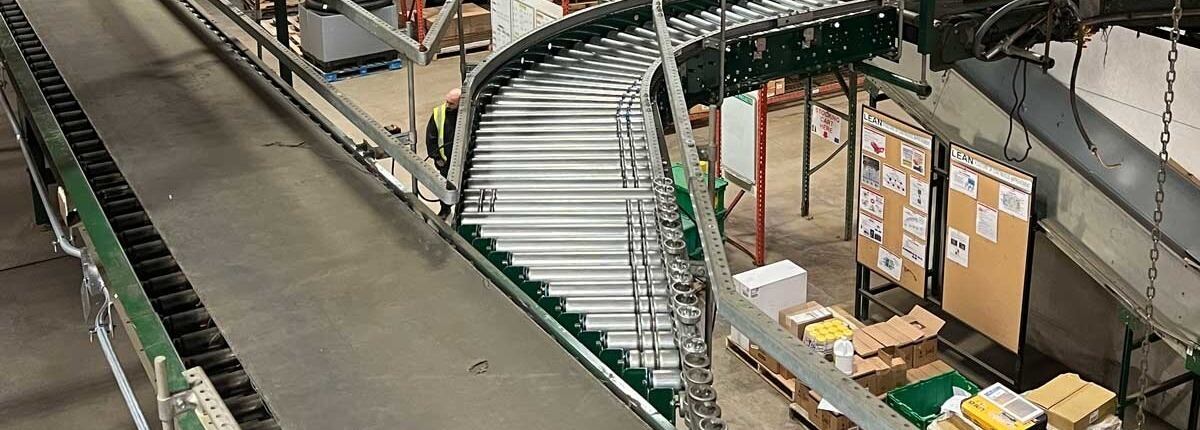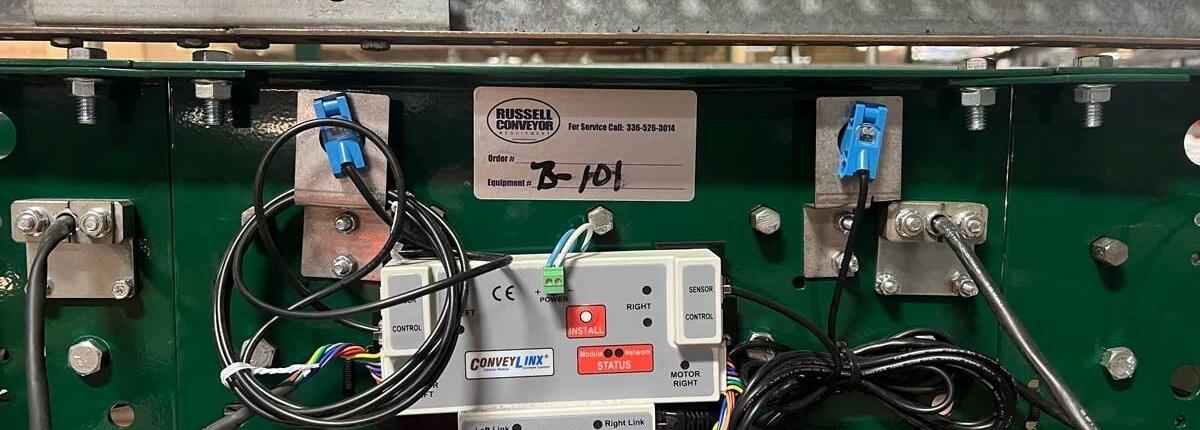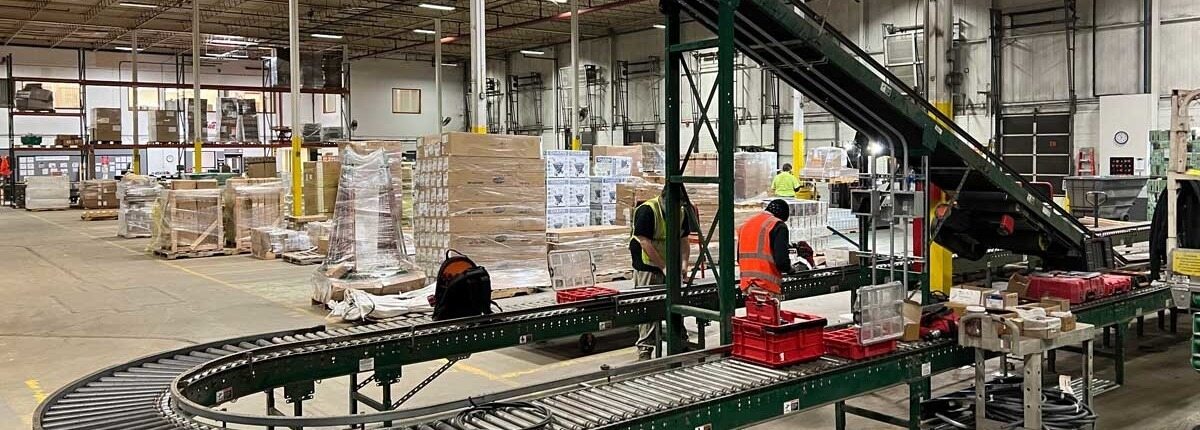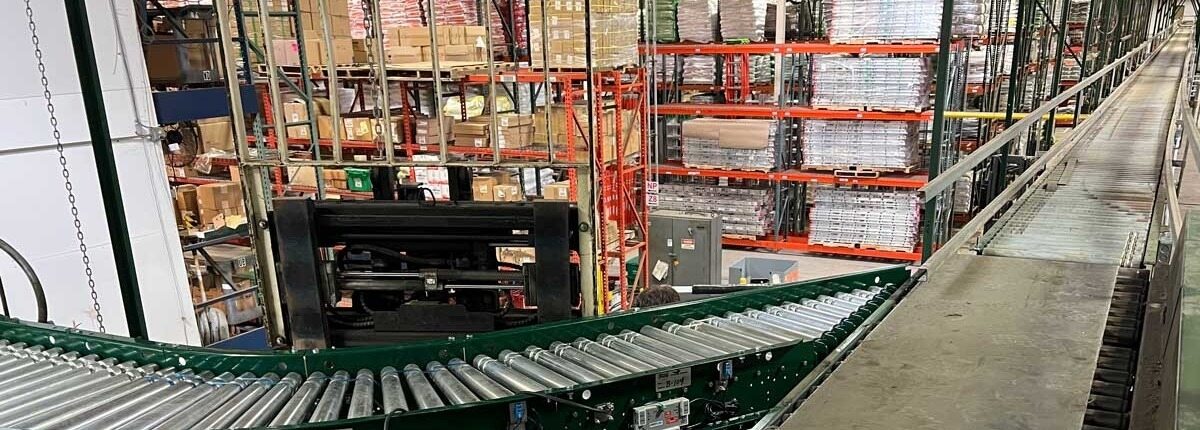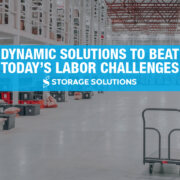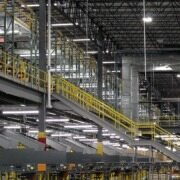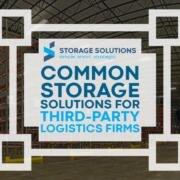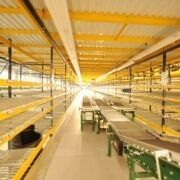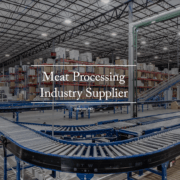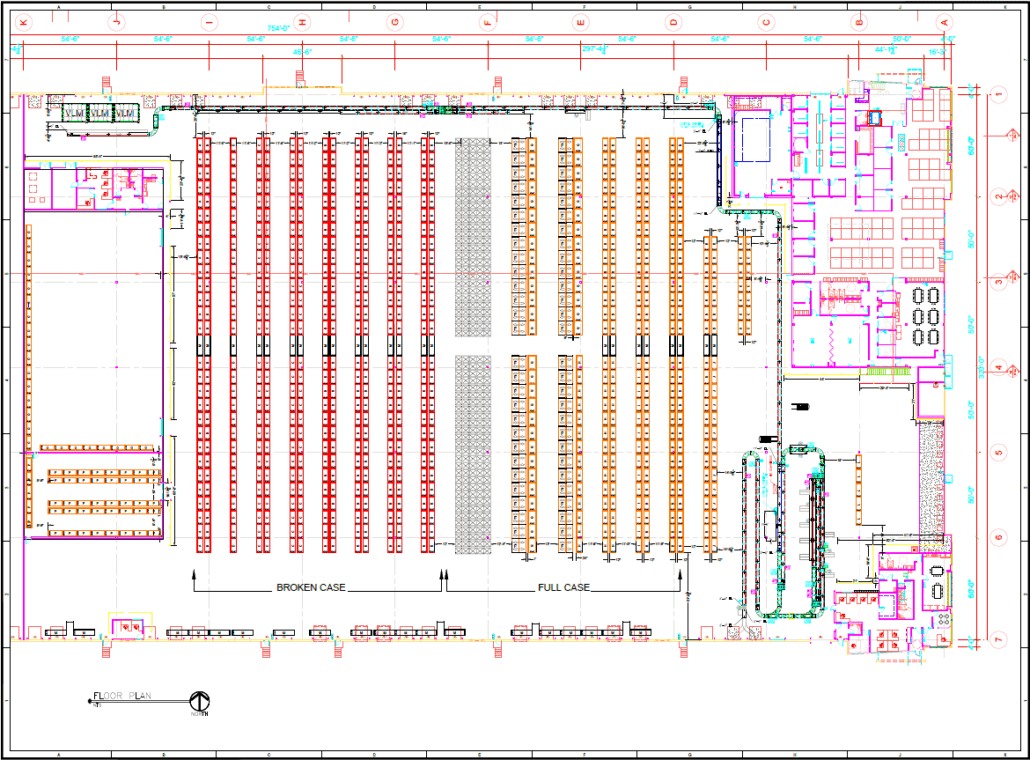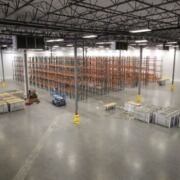A retailing giant and longtime client recently came to Storage Solutions with a need to expand its retail distribution footprint for one of its brands. The company was tasked with adding 25 regional stores to its network of customers. At the time, its distribution center could fulfill orders for 60 stores, so the company needed to increase its fulfillment capacity for the expansion and expected additional business growth.
Our engineering team met with them to analyze at their SKU profile, facility layout, and all available data to develop the best path forward to achieve their business goals. We determined the best solution was a two-phase approach that addressed their material flow, storage systems, and palletizing operations.
Phase 1 – Redesign Current Conveyor System, Installing MDR, Gravity Conveyor
The first phase of our work consisted of modifying their existing conveyor ‘sorter loop’ to create more space for palletizing operations. SSI was able to redesign the current conveyor system to accommodate multiple palletizing lines for the customer’s different stores. This reconfiguration was accomplished by rearranging the existing conveyor while adding 50′ of new Daifuku Wynright MDR (motorized driven roller) and five gravity lanes of 40′ each. With five new down-feed lanes, they can now palletize products to send to their 85 stores across the United States.
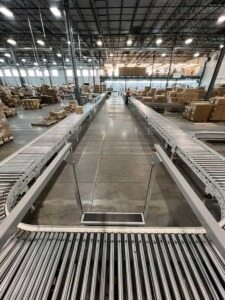 Phase 2 – Improving Workflow with New Conveyor, “Horseshoe” Design
Phase 2 – Improving Workflow with New Conveyor, “Horseshoe” Design
The project’s second phase involved installing a new conveyor to match the previous outbound system. With this configuration, workstation tables were lined up against the conveyor frames, with boxes for each store being picked by workers. Then, the boxes were pushed onto the conveyor lines once the box was full of product. In addition, SSI relocated and installed a belted incline/decline conveyor from the previous setup. We added nearly 200 linear feet of Daifuku Wynright Photo-Eye Live Roller conveyor and more MDR to complete a “horseshoe” design loop system to help the client increase its fulfillment capacity to match their overall growth projections.
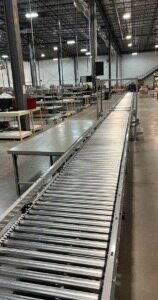 We are pleased to report that system testing and acceptance were recently conducted and completed at the Cheyenne, WY fulfillment center, and operational and beneficial use began at the facility shortly thereafter.
We are pleased to report that system testing and acceptance were recently conducted and completed at the Cheyenne, WY fulfillment center, and operational and beneficial use began at the facility shortly thereafter.
This project was another example of creating a unique, data-driven solution that accounts for our client’s current-day needs while factoring in planned growth. With our CARES approach to design and implementation, we developed a targeted solution to maximize ROI with minimal downtime.
Suppose you are challenged by increasing expectations on your ability to fulfill a greater share of e-commerce orders without increasing your footprint. In that case, we have the team to collect and analyze your data, make specific recommendations, execute the solution, and provide ongoing support even after the project’s completion.
Click here and let us know the challenges you face and let us help you develop the best solution for your needs!

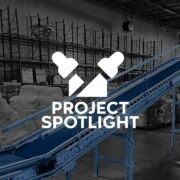
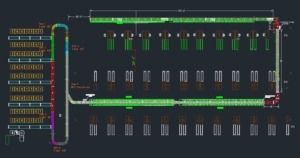
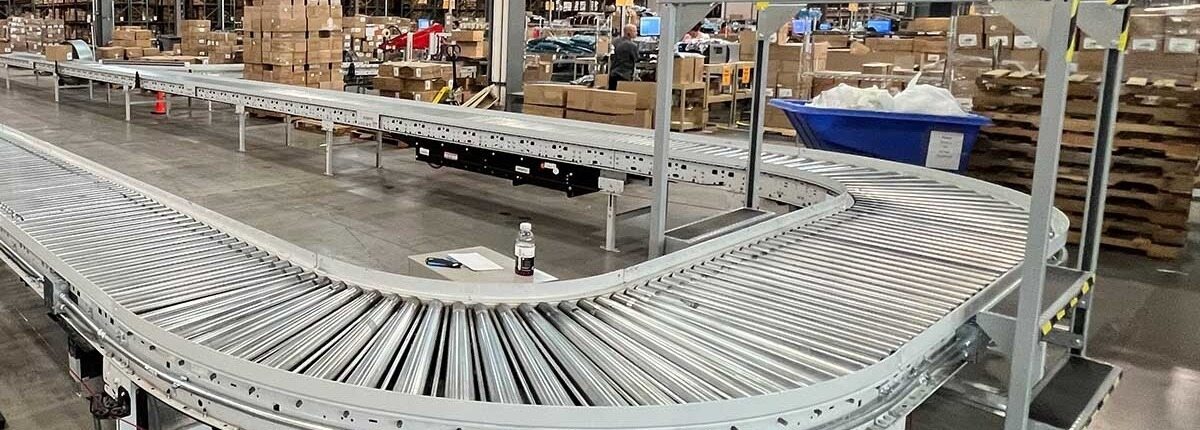
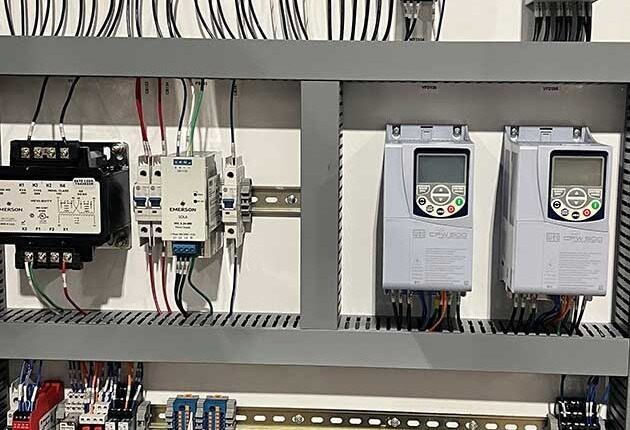
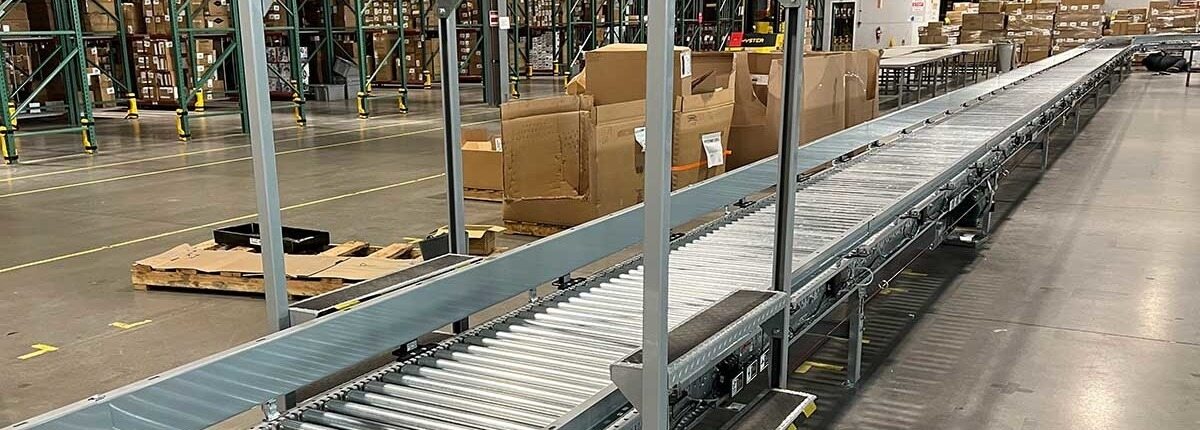
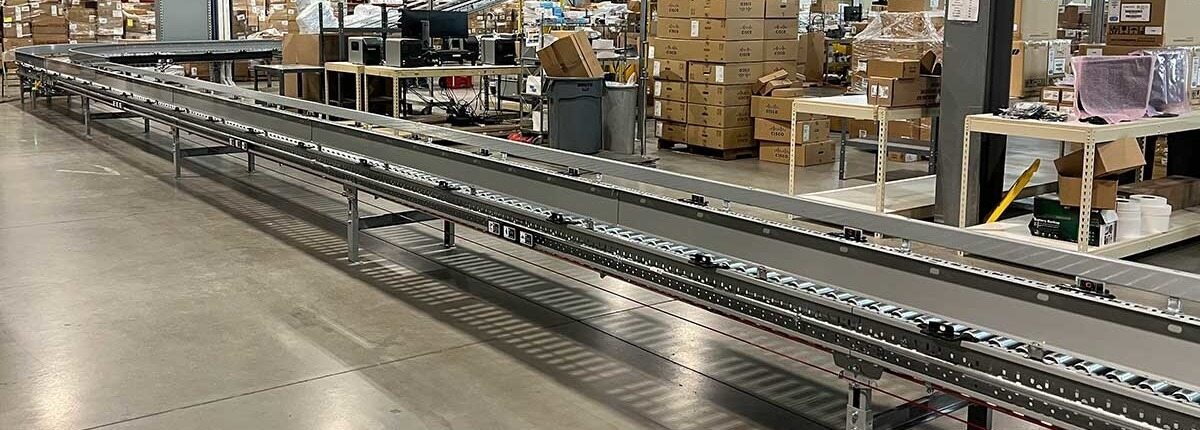
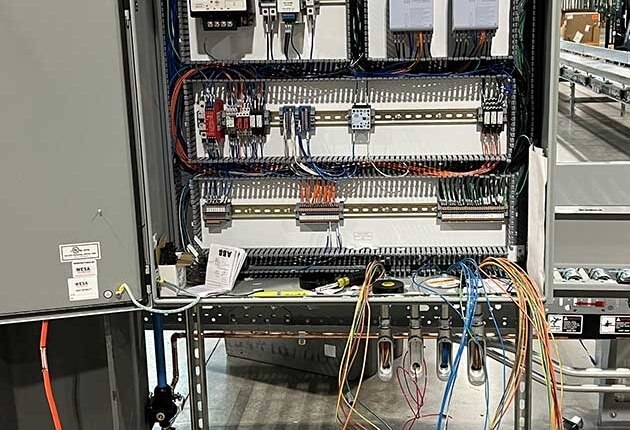
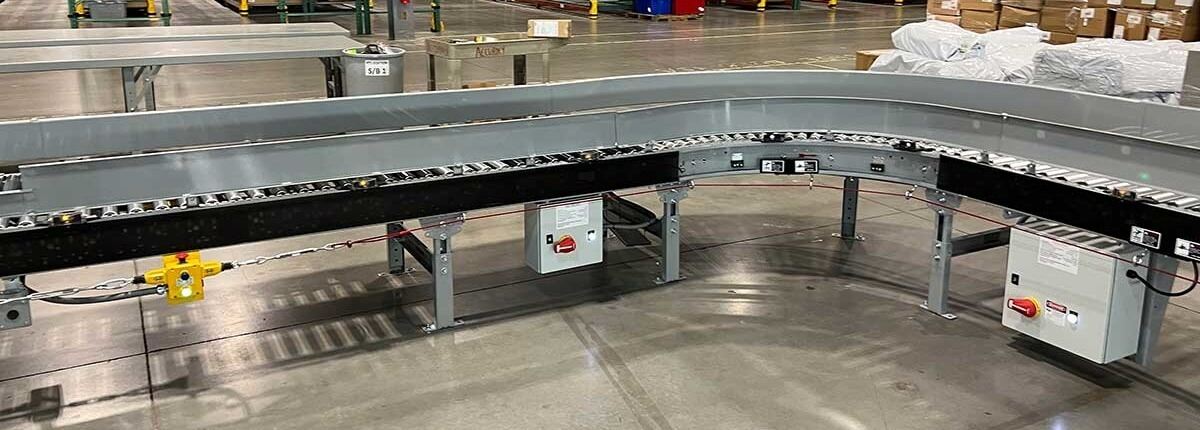
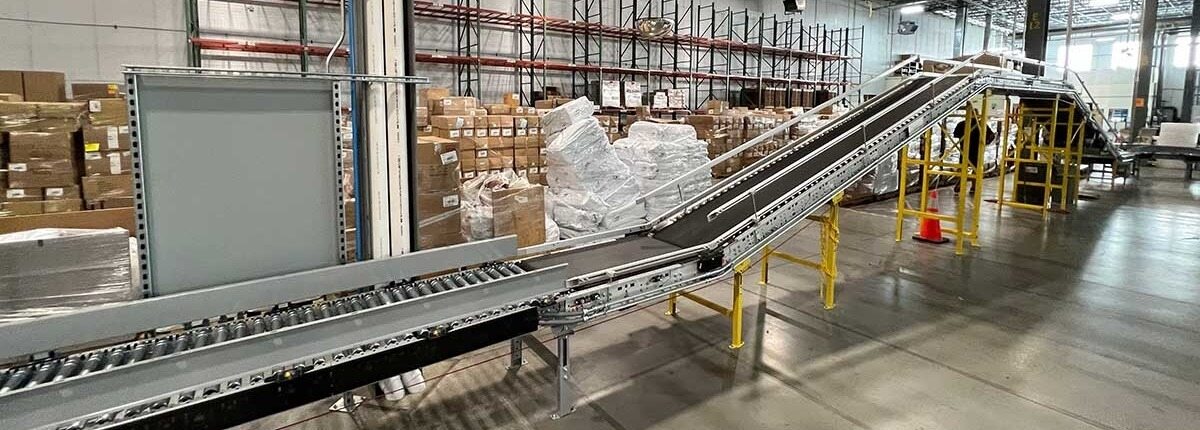

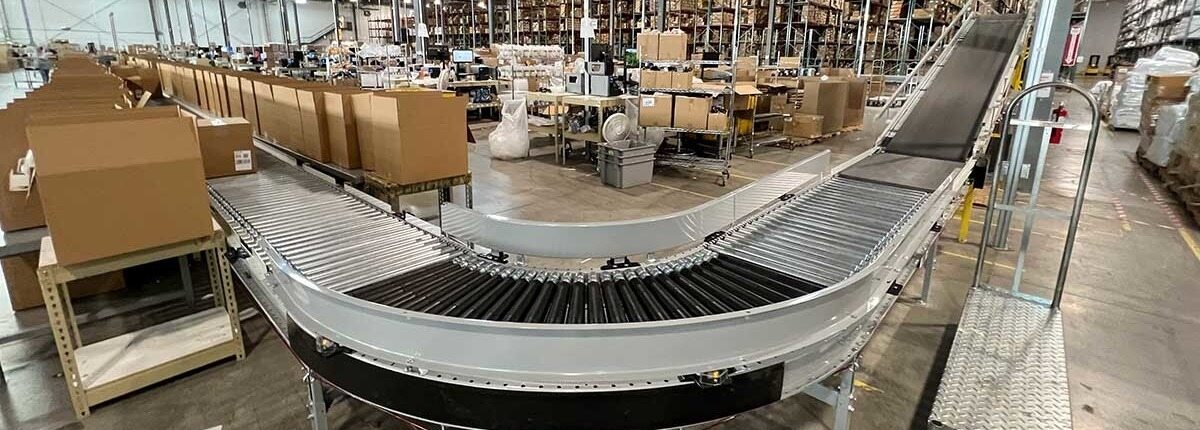
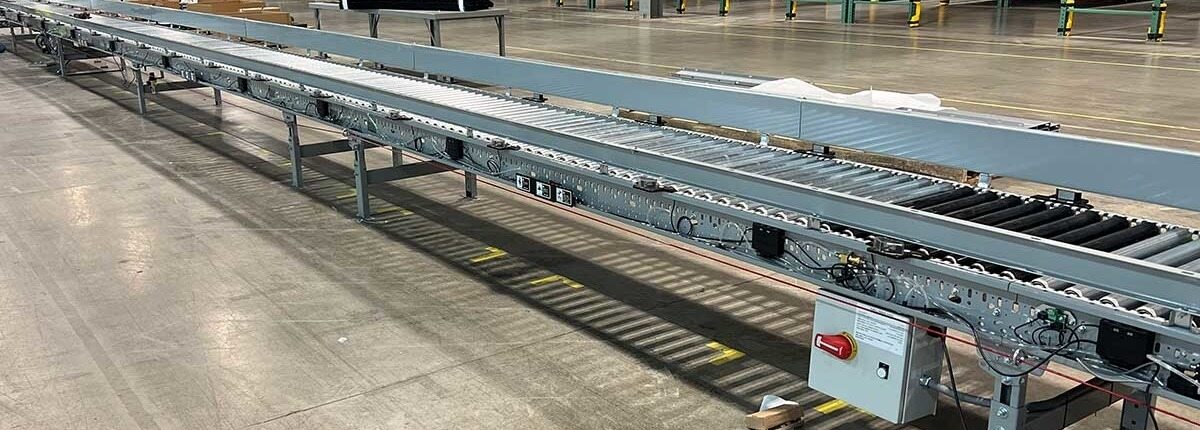
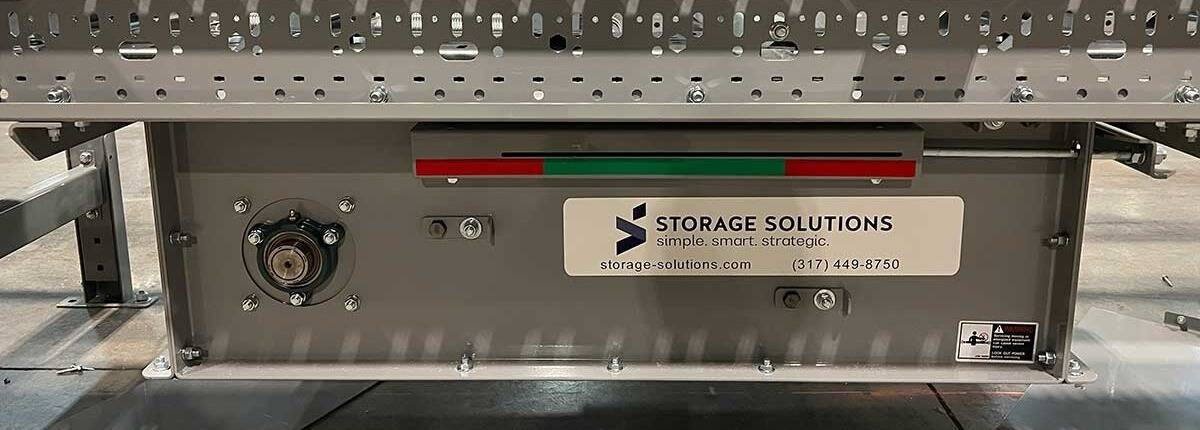
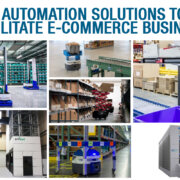
 HAI Robotics is an intelligent, efficient, and flexible automation solution that utilizes a combination of HAIPICK robots, customizable storage units, software, and workstations to create a robotic goods-to-person picking workflow in a warehouse setting. These robots can handle up to eight cases simultaneously and reach heights up to 33 feet, increasing operational efficiency by up to 4x while also increasing storage density by up to 130%.
HAI Robotics is an intelligent, efficient, and flexible automation solution that utilizes a combination of HAIPICK robots, customizable storage units, software, and workstations to create a robotic goods-to-person picking workflow in a warehouse setting. These robots can handle up to eight cases simultaneously and reach heights up to 33 feet, increasing operational efficiency by up to 4x while also increasing storage density by up to 130%.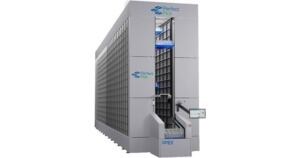
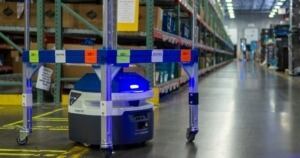
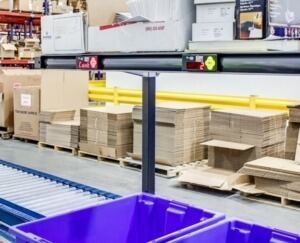
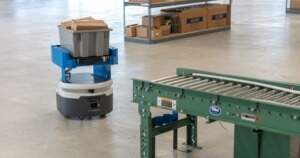 We’ve touched on the integration of
We’ve touched on the integration of 
